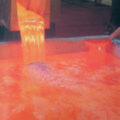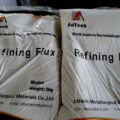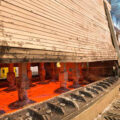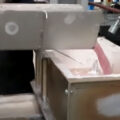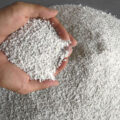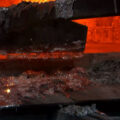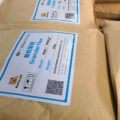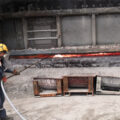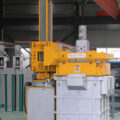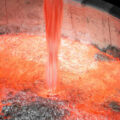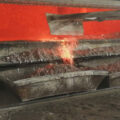When refining scrap aluminum, especially when the aluminum concentration is less than 50 wt%, particles of glass, oxides and stones are usually very harmful. When conventional techniques are used for this purpose, the removal of such foreign objects has caused considerable difficulties. However, before electrolytic purification, whether it is through three-layer electrolysis, bipolar electrolysis or step crystallization, it is necessary to remove contaminated particles of solid materials.
Waste aluminum preheated to 400°-500°C is fed into the molten salt melt, which is heated above the melting point 50°-100°C and has a lower density than aluminum at the operating temperature, and At this temperature, the molten mixture is kept in a melting or holding furnace for at least one hour. The aluminum liquid then passes through a ceramic filter to separate the aluminum melt precipitated from the solid salt melt during the holding process, and then to separate it from solid impurities. Finally, the filtered molten aluminum is sent to an electrolytic cell for purification, and the salt melt is sent to a melting or holding furnace for reuse.
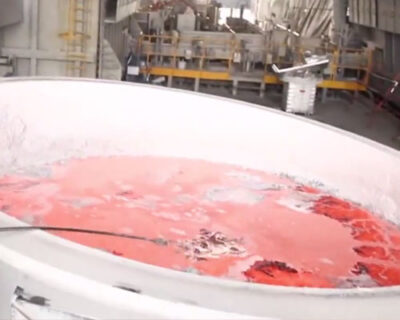
Method for Refining Scrap Aluminum
By using a ceramic foam filter, the waste aluminum can be melted in a molten salt bath, and after the molten aluminum is precipitated in the holding furnace, the molten aluminum can be separated from metal impurities and solid particulate materials. For example, aluminum scrap from automobile dumps usually contains more than 50 wt% impurities.
Molten aluminum can flow through the replaceable ceramic foam filter unhindered, and all solid particles are blocked. The aluminum to remove solid impurities continuously or with a certain charge from the filter chamber, enter the holding furnace or directly into the electrolytic tank for electrolytic purification.
After all the aluminum has passed through the suspension, it is passed through a filter. Although the molten aluminum that must be filtered contains only a few solid particles, the main part of the solid contaminants is provided by the molten salt to the ceramic filter. The particles form a cake there, which can be removed with or from the ceramic filter after the charge has passed.
The purified molten salt of the solid particulate matter is returned to the melting furnace, where it can be sent to the next batch of aluminum scrap.



